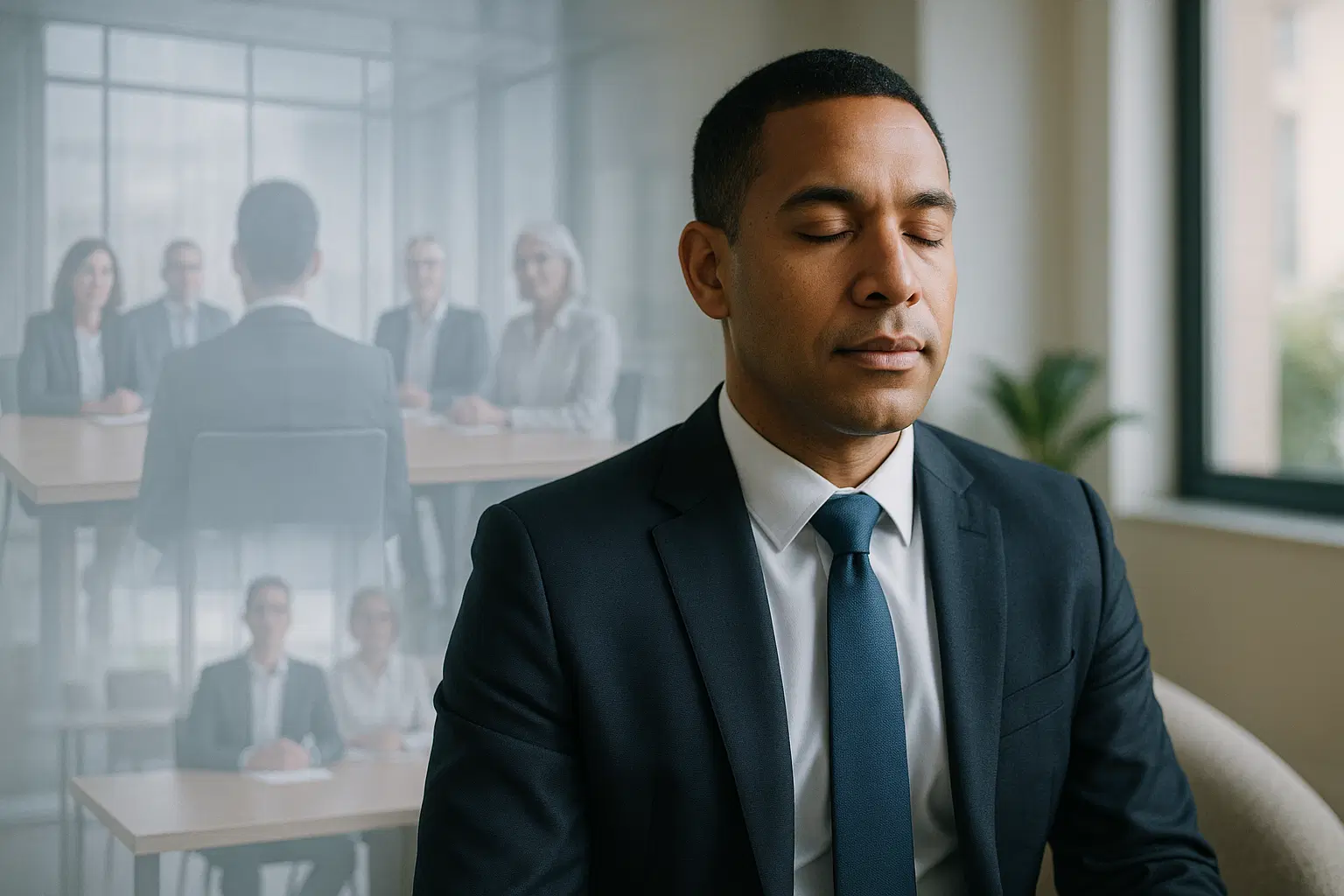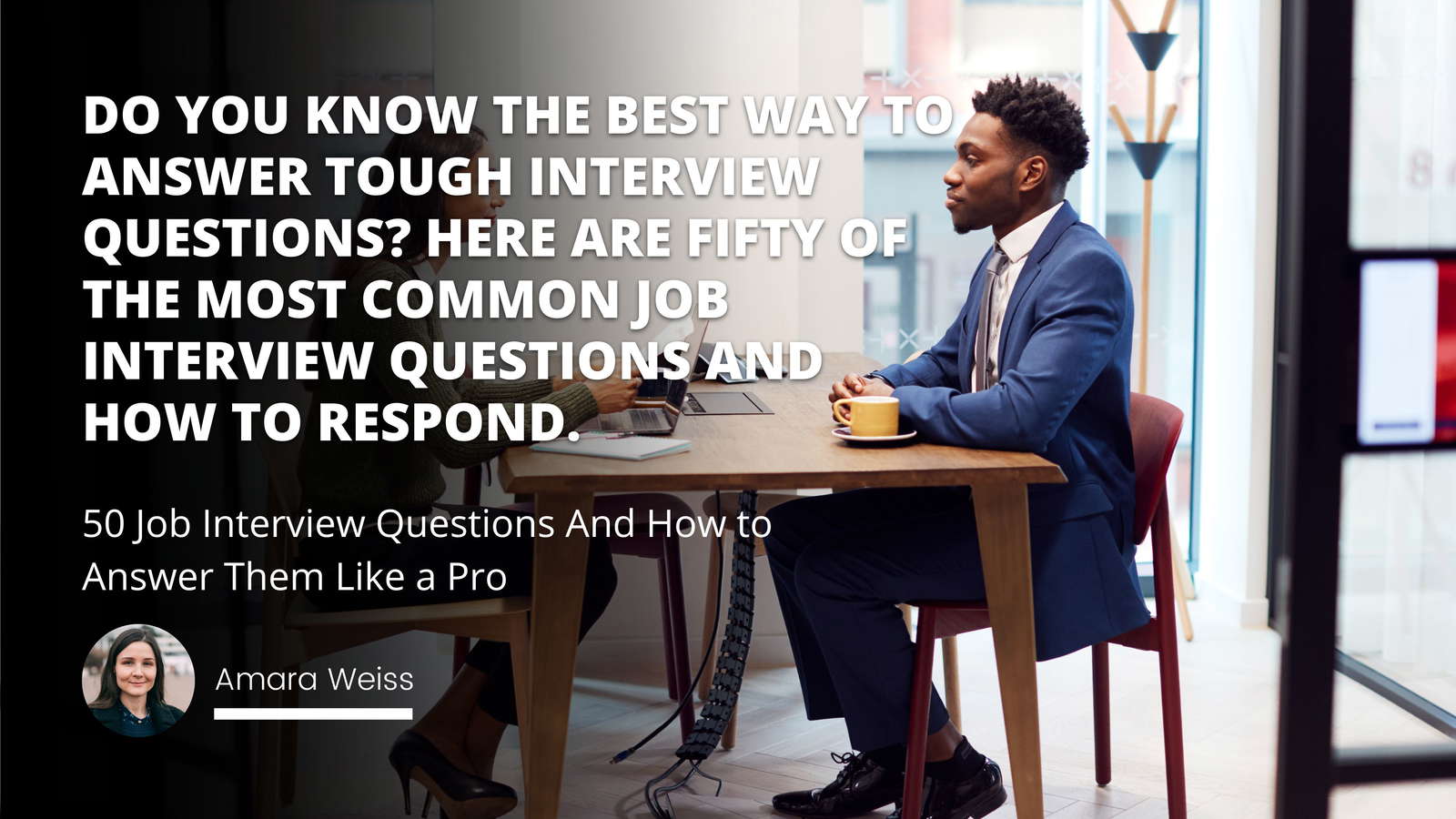
“Fake it” sounds catchy—but it often increases cognitive load and self-doubt. Real confidence grows from deliberate mental practice. That’s where job interview visualization techniques shine: short, structured rehearsals that prime your brain and body for calm, clear delivery. In the next sections, you’ll learn five practical, science-backed tools that reduce anxiety, boost self-efficacy, and sharpen answers—without pretending. Start with the AEO quick answer to get moving in minutes, then dive into the deeper playbooks. Along the way, you’ll find transitions to carry you from preparation to performance and finally to post-interview composure. Apply these job interview visualization techniques consistently, and your preparation will translate into presence at the table.
Short description:
Job interview visualization techniques are targeted mental rehearsals—first-person, sensory-rich run-throughs of your answers, posture, and pacing—to reduce anxiety and improve delivery on interview day.
5-Point Summary
5-Step Solution
Technique 1: Process Visualization Over Outcome Fantasy
Outcome-only imagery (“I get the offer”) is vague and uncontrollable. Job interview visualization techniques that target the process—how you breathe, sit, greet, and structure an answer—lower anxiety and improve execution. Imagine your first 30 seconds: the greeting, a steady inhale, feet grounded, shoulders soft. Now picture your answer’s path: an opening line, 2–3 proof points, a result, and a crisp close. When you rehearse what you can repeat, you build motor and cognitive patterns you can rely on, even under pressure.
Step-by-step play:
Write a micro-script for one answer: opener → proof points → result.
Rehearse with full sentences, not bullet fragments.
Add timed pauses: after the opener and before the close.
Commit one body cue (e.g., “jaw unclenched”) for every pause.
End by noting one micro-improvement to keep next time.
Pro tip: Keep each run short so attention stays sharp. Two high-quality reps beat five scattered ones. As you refine, you’ll notice your language tightening and your pace smoothing—two hallmarks of improvement that hiring managers feel immediately.
Mini summary: Process drives performance; practice the how to influence the what.
Control item: Record a 3-minute answer. On replay, can you identify pace, pauses, and structure—yes/no?
Technique 2: The “Mastery & Coping” Double-Take
Elite performers rehearse success and recovery. Interviews are no different. Among job interview visualization techniques, this double-take deliberately inoculates you against surprise. First, run a clean “mastery” version of an answer—confident tone, tight structure. Next, run a “coping” variant: you blank for 2 seconds, or get a curveball. Now rehearse the recovery—pause, label the question, bridge to a framework like STAR (Situation, Task, Action, Result), and close cleanly. Over time, your nervous system learns that a stall is a cue for composure, not panic.
Step-by-step play:
Choose one likely behavioral question.
Run a mastery rep; notice your best phrase.
Run a coping rep with an intentional 2-second pause.
Use a bridge line: “Great question—let me outline two angles.”
Close with a result metric if available (if data are needed, mark UNKNOWN and move on).
Pro tip: Keep a “curveball bank”: a short list of tough prompts you’ve rehearsed with coping steps. The more curves you’ve seen in rehearsal, the calmer you’ll be when one appears in the room.
Mini summary: Prepare for the miss as deliberately as the make.
Control item: Deliver a composed 20-second pause-and-pivot without filler words—yes/no?
Technique 3: Sensory Loading—Engage All Five Senses
Vague imagery rarely sticks. Sensory-rich job interview visualization techniques activate more of your brain’s performance networks, making it easier to recognize the situation and execute under stress. See the room’s light and the interviewer’s expression. Hear your clear voice, a chair shift, a pen tapping lightly. Feel the chair’s texture and your feet on the floor. Notice the scent of coffee or the cool air on inhale. Add emotion: calm, curious, capable. This turns abstract hope into embodied memory.
Step-by-step play:
Sight: room layout, interviewer’s eyes, your hand placement.
Sound: your voice cadence; 1 intentional pause per answer.
Touch: grounded feet; relaxed hands resting lightly.
Smell/taste: coffee, water; the micro-sensation of breathing.
Emotion: choose a single word (“steadiness”) and hold it through the answer.
Pro tip: If your images drift, tether them to physical cues: lightly press thumb to forefinger as you visualize; release on the close. Your brain learns to associate the anchor with calm execution.
Mini summary: Make it vivid so your brain “recognizes” the moment on game day.
Control item: After rehearsal, list 3 sensory details you noticed—completed/not completed?
Technique 4: First-Person Perspective (Internal View)
You can watch yourself from the outside or see through your own eyes. For interviews, internal perspective wins. Among job interview visualization techniques, first-person view increases presence and ownership—the felt sense that you are doing the talking and steering the conversation. Look directly at the interviewer. Hear your voice forming the opening. Feel micro-adjustments to posture. If you catch yourself watching from a distance, gently “step back into your eyes” and continue.
Step-by-step play:
Start with one inhale you can feel in your chest.
Lift your gaze to the interviewer; index a friendly micro-smile.
Deliver the opener as if you’re speaking now, not later.
Track one physical cue (e.g., shoulder drop) on each pause.
End by noticing the ownership feeling—subtle but stable.
Pro tip: Alternate one third-person run (for technique tweaking) with two first-person runs (for presence). Technique is the skeleton; presence is the muscle.
Mini summary: Own the scene by seeing through your eyes, not like a movie of you.
Control item: Did you sustain first-person for at least 80% of the run—yes/no?
Technique 5: The Post-Performance Confidence Anchor
Interviews don’t end when the door closes; your inner critic often starts. This is where job interview visualization techniques should finish strong. Conclude each rehearsal by installing a “confidence anchor”—a brief sequence that pairs calm breath with a physical cue and a picture of earned pride. Over time, this ending blunts rumination and helps regulate the post-stress response (specific figures: UNKNOWN).
Step-by-step play:
Visualize standing up and closing the conversation professionally.
Notice relief and satisfaction—earned, not imagined.
Pair the feeling with a breath cue: in for 4, out for 6.
Add a physical anchor (thumb to forefinger).
Name the state (“collected”) so you can recall it later.
Pro tip: Use the anchor discreetly mid-interview. When a challenging follow-up lands, touch the anchor, exhale, and resume. No theatrics—just a quick reset.
Mini summary: Finish in pride, not in doubt.
Control item: After each rehearsal, rate calm/pride from 1–5 and log it—logged/not logged?
Integrating Visualization into Your Career Development
Confidence isn’t a costume; it’s conditioning. The same job interview visualization techniques help in presentations, negotiations, and leadership conversations. To integrate the practice, stitch it into your calendar and pair it with live reps. Two short sessions per week yield more consistency than sporadic marathons. Monthly, add a mock interview to pressure-test your skills. Build a “curveball bank” for behavioral prompts and rehearse recovery phrases until they feel natural. Finally, grow the mindset that sustains performance under stress.
Step-by-step play:
Schedule two 10-minute visualization blocks weekly.
Pair each block with one 3-minute recorded answer.
Build a bank of behavioral questions and tag them by role or competency.
Track tiny wins: crisper openers, tighter proof points, cleaner closes.
Expand to presentations and pay conversations with the same frameworks.
Internal links (2):
Explore behavioral questions with a STAR-focused program [IIENSTITU – STAR Method Mastery].
Build psychological flexibility to stay steady under pressure [IIENSTITU – Mindset & Resilience].
Pro tip: Confidence compounds like interest. Keep the deposits small and regular; the balance becomes visible when stakes rise.
Mini summary: Treat mental rehearsal like strength training for your career.
Control item: Do you have two recurring calendar blocks for the next 4 weeks—yes/no?
Confidence isn’t pretending—it’s preparation. Use these five job interview visualization techniques to turn intention into execution. If you want structure and feedback, continue with focused learning: deepen your responses to behavioral questions and cultivate psychological flexibility so you can stay composed when it matters most. Keep the reps short, sensory, and first-person. When the opportunity comes, your presence will speak before you do.
Science-Backed Visualization for Interviews
Process beats outcome: Rehearse behaviors you control.
Train recovery: Simulate blanks and tough follow-ups.
Make it vivid: Load sight, sound, touch, smell, taste.
Stay first-person: Boost presence and ownership.
Finish strong: Lock in a positive confidence anchor.
Frequently Asked Questions
What is the ideal duration for a job interview visualization session to reduce interview anxiety and build real confidence?
5–10 minutes of focused rehearsal beats a longer, distracted session.
When should I schedule mental rehearsal—days in advance or on interview day—for the best results with job interview visualization techniques?
Both. Use short sessions during the prep week, then one brief run-through on the day.
Can job interview visualization techniques replace mock interviews and STAR method practice for behavioral interview questions, or should I combine them?
No. Mental practice accelerates skill acquisition; live practice pressure-tests it.
What should I do if job interview visualization increases anxiety—how can first-person perspective, sensory loading, breathing cues, or coping rehearsal make it calmer?
Shrink the scope. Rehearse only the first 30 seconds: greeting, opening answer, breath cue.
Do I need performance metrics to validate that job interview visualization works, and how can I track self-efficacy and interview outcomes over time?
Aggregated improvements vary (specific figures: UNKNOWN). Track your clarity, brevity, and calm.
How do I recover from blanking in a behavioral interview—what pause-and-pivot strategy, bridging phrases, and psychological flexibility tools should I use?
Pause, breathe, label the question, bridge to a framework (e.g., STAR), and deliver one concise example.


